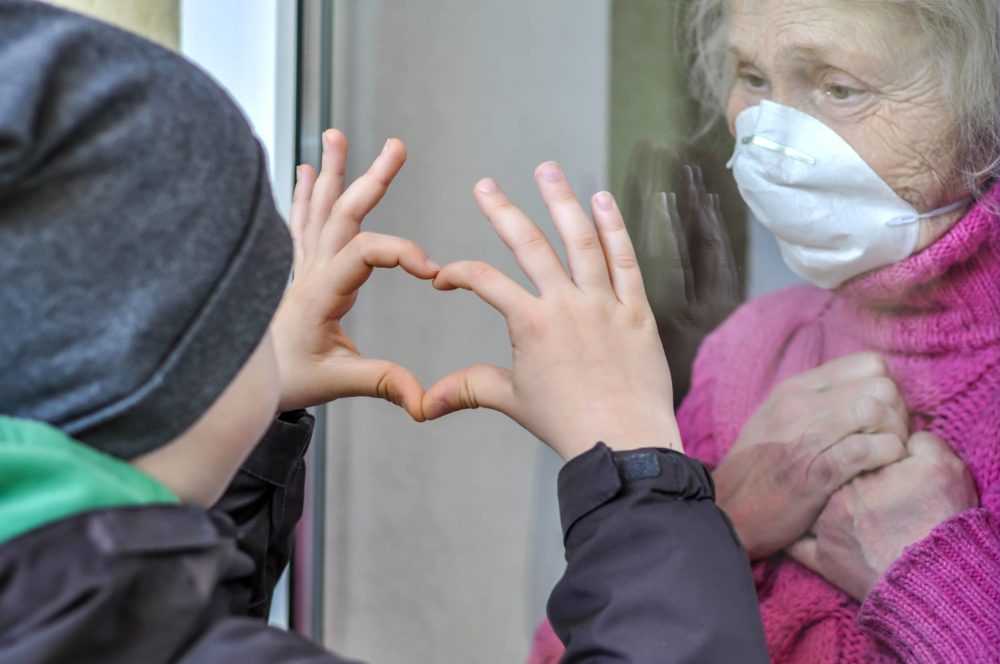
Sonoma County’s health situation is grave. While much of the Bay Area’s coronavirus statistics continue to improve, Sonoma County’s issues linger and grow. As of early November, nearly 97 percent of Marin County residents who tested positive for the coronavirus had recovered (4,700 of 4,983 cases). Fatalities among Marin residents were primarily among the elderly and infirm. Since March, 83 of the 99 deaths attributed to COVID-19 were residents in long-term care facilities such as skilled nursing, residential care and independent-living facilities. More than half of all coronavirus-related deaths have struck those age 80 years or older, though this group makes up just 5 percent of the population. This information is readily available and updated daily at Coronavirus.MarinHHS.org.
While things are improving in Marin, Sonoma County struggles with a deplorable recovery rate hovering at just 80 percent. The two counties share a common border, yet it’s a night-versus-day comparison. This distinction is why Sonoma remains in the highly-restrictive purple tier.
In Sonoma County, the Hispanic population has contracted 72 percent of the COVID-19 cases since March. Some say it’s the high density of Hispanics who live here, and a result of their cultural lifestyle, housing and work practices, yet there’s nothing at socoemergency.org to corroborate this theory. Sonoma’s official website lacks all kinds of data that Marin’s residents can access. Curious to know how the death count in Sonoma compares to that of Marin? Good luck—mortality data categorized by age, gender or ethnicity is nowhere to be found at Sonoma County’s official website. Infection rates and deaths within Sonoma County’s vulnerable long-term care facilities isn’t provided on the website either. And unlike Marin County’s website, there’s no available data breakdown by age and ethnicity, regarding caseloads, hospitalizations or deaths.
In fact, the Sonoma County health office provides its residents with minimal information. No correlations are made between age and death. No cumulative reporting on hospital bed availability. It’s an empty vessel of data that provides little insight, direction or answers. Most infuriating, the data doesn’t explain why we have such a lingering crisis.
Is this truly a rural or agrarian problem? Or, a cultural Hispanic problem? Napa has a dramatically higher Hispanic population than Sonoma (35 percent versus 27 percent, respectively), yet it has found a way to significantly improve its recovery rate on a scale that matches that of Marin County.
So clearly, a rural community with a robust Hispanic population does not add up to a lingering crisis.
How do Sonoma’s leaders explain its poor recovery? Do they have any regrets as to what they could’ve done better throughout these past eight months? What lessons have they learned?
Regrettably, I haven’t heard many forthright explanations. We can’t blame this Sonoma County-centered issue on bad luck, federal politicians, or anything else. I’ve heard mention of a plan, but specifics of it are thin and communication to the public is light. Sonoma County health officer, Dr. Sundari Mase, attributes “socio-economic disparities” as the primary driver. She claims there is undue pressure on essential workers and those living on limited incomes to go to work, despite safety concerns. Without sick leave or job security, these workers simply cannot afford to miss a shift.
Hmmm. I’ve been operating under a clearly stated law that requires businesses to offer two-weeks of paid sick leave during the pandemic. Her explanations are general and they’re not explained by the data she has chosen to provide us each day.
Isn’t it time to consider a Plan B for Sonoma County? What if we directed our efforts toward the most vulnerable, who depend on our protection, assistance and care?
We must consider senior citizens and the infirm first. Contraction occurs across all age groups, but dramatic improvements in therapeutics and protocols have increased survival rates for most Sonoma County residents. Among Americans aged 49 years and younger, the survival rate is now 99.98 percent. This includes those who suffer from co-morbidity issues such as obesity, hypertension and heart disease. It includes folks of all ethnicities, education levels, socio-economic status, health status, and even party affiliation!
According to the Centers for Disease Control and Prevention, people age 65 to 74 are 90 times more likely to be hospitalized and die than adults aged 18 to 29, and that increases to 630 times for seniors older than 85. What’s more, the CDC reports that adults age 65 and older account for eight out of 10 deaths. Eight out of ten deaths!
Marin County’s health officials update their website daily. Perhaps opening up more data to Sonoma County citizens would be a great start. We’d like to be considered the government’s partner in this process, not its uninformed servants. Our jobs, our livelihoods, our loved ones and our lives depend on it.
Keep in touch. Write to me at Lawrence@Northbaybiz.com.




